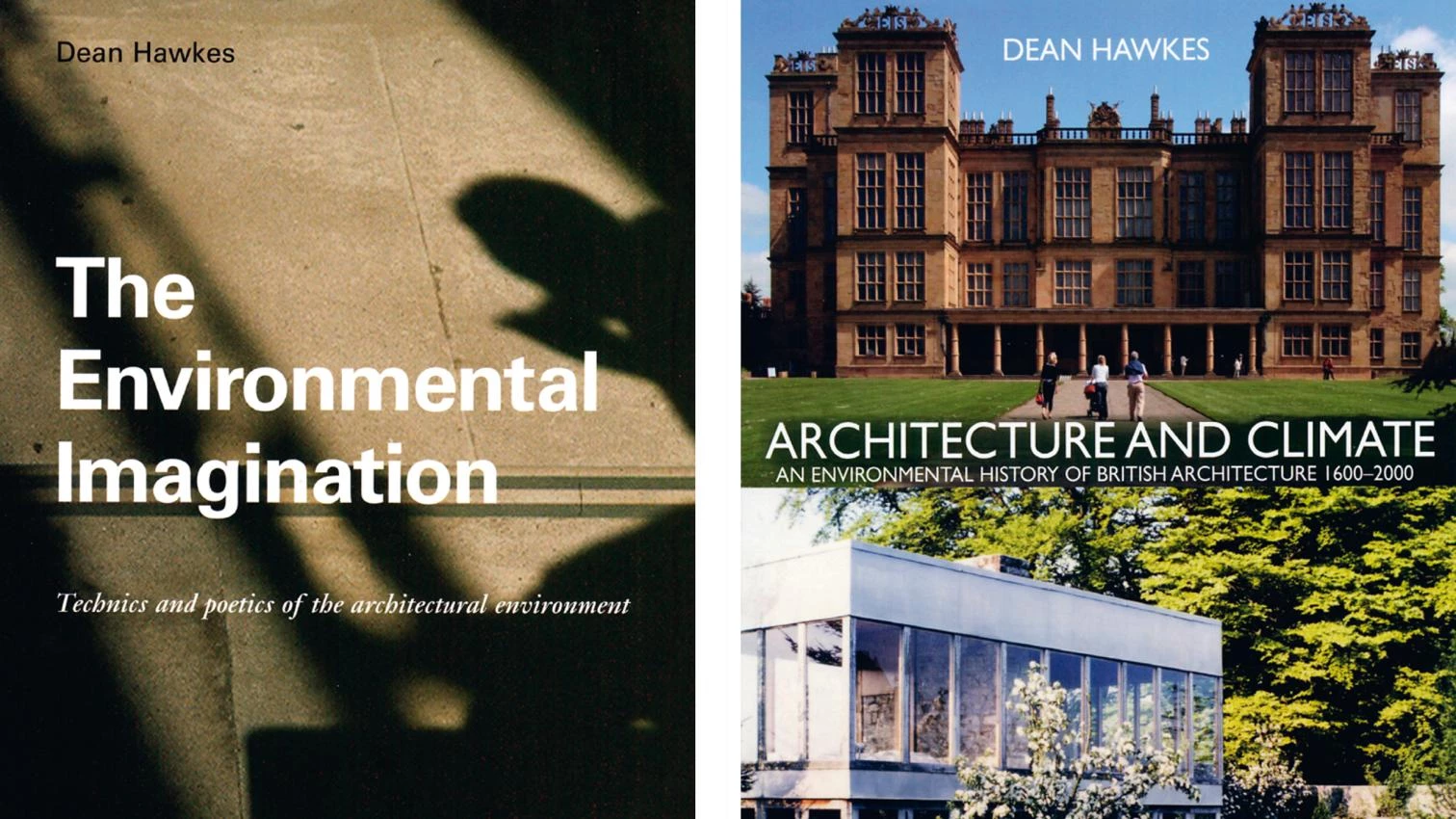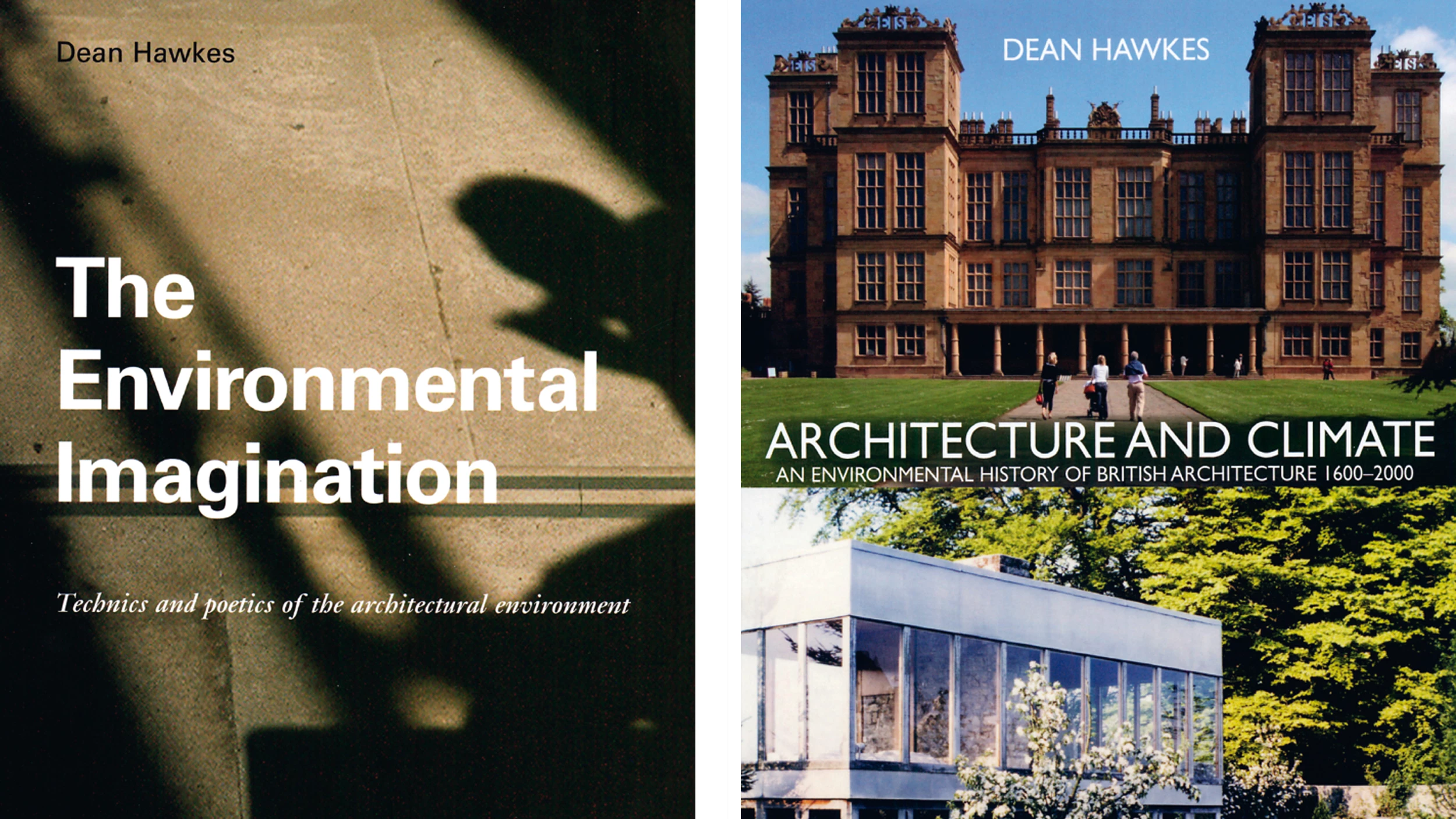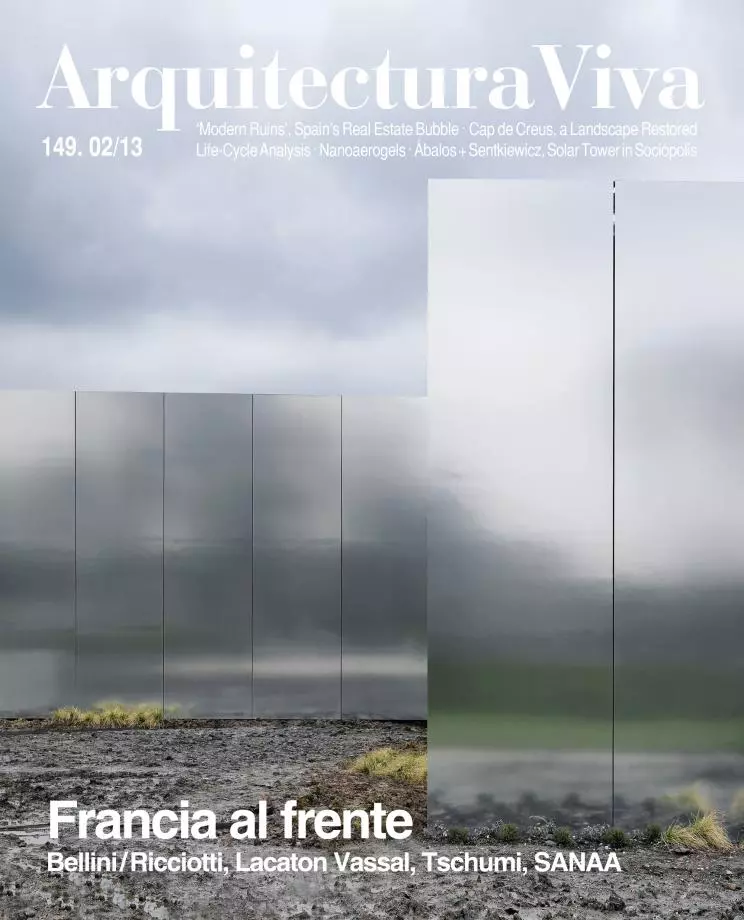
That climate has a bearing on architecture is a commoplace. Nevertheless, to explain how this bearing has come about is an achievement, and for this the latest books published by Professor Dean Hawkes deserve recognition: two histories of architecture that, partly adopting the ideas of Banham and Frampton, goes on to qualify and complete them, in the process demonstrating that over and beyond their mechanical or vernacular biases, the complex relationship between construction and climate is full of nuances that involve both the quantitative and the qualitative.
Thus the importance in both books of two complementary words: ‘imagination’, which brings in the creative dimension of architecture and is always resistant to determinism; and ‘environment’, the Spanish equivalent of which, atmosfera, falls short of its very revealing polysemy. In Dean Hawkes’s view, both concepts, imagination and climate, are intermingled to express how, in architecture, poetic intentions and technical means are not at all in opposition, but in collaboration, with each other.
The history of the marriage of creativity and climate is the theme of The Environmental Imagination, elaborated with Anglo-Saxon mix of rigor and writing quality, which describes the techniques and poetics of climate through case studies organized in two parts. The first looks at the 19th century and through works by Soane, Labrouste and Mackintosh, explains how the new climate control technologies derived from the Industrial Revolution were received. The second presents 20th-century architecture’s relationship with climate by way of a chronological and thematic account that begins with Le Corbusier and Mies van der Rohe, passes through the Nordic tradition of Asplund, Aalto and Lewerentz, touches on the Mediterranean side with Scarpa and, after pointing out the importance of Kahn and his dialectic of ‘servant’ and ‘served’ spaces, ends with a catalog of contemporary architects – Moneo, Siza, Holl, and above all Zumthor – for whom the treatment of climate and the configuration of atmospheres were already a question of both thermal and aesthetic temperature.
In Architecture and Climate, the links between imagination and environment are seen in the context of British architecture from 1600 to 2000. The story ends with the Smithsons, in particular their English Climate House, and begins with Robert Smythson, whose mansions of large windows express the exceptional period in which they were built: the ‘Little Ice Age’ that Elizabethans of the late 16th century had to suffer. Between both extremes are other, no less interesting examples, always in terms of climate: Wren, who applied recent meteorological knowledge to his churches; Chambers and Lord Burlington, who studied treatises like Luke Howard’s The Climate of London; Soane and Barry, who combated the microclimate of a polluted and foggy London; or Webb and Voysey, who associated climate with the essence of English architecture.








